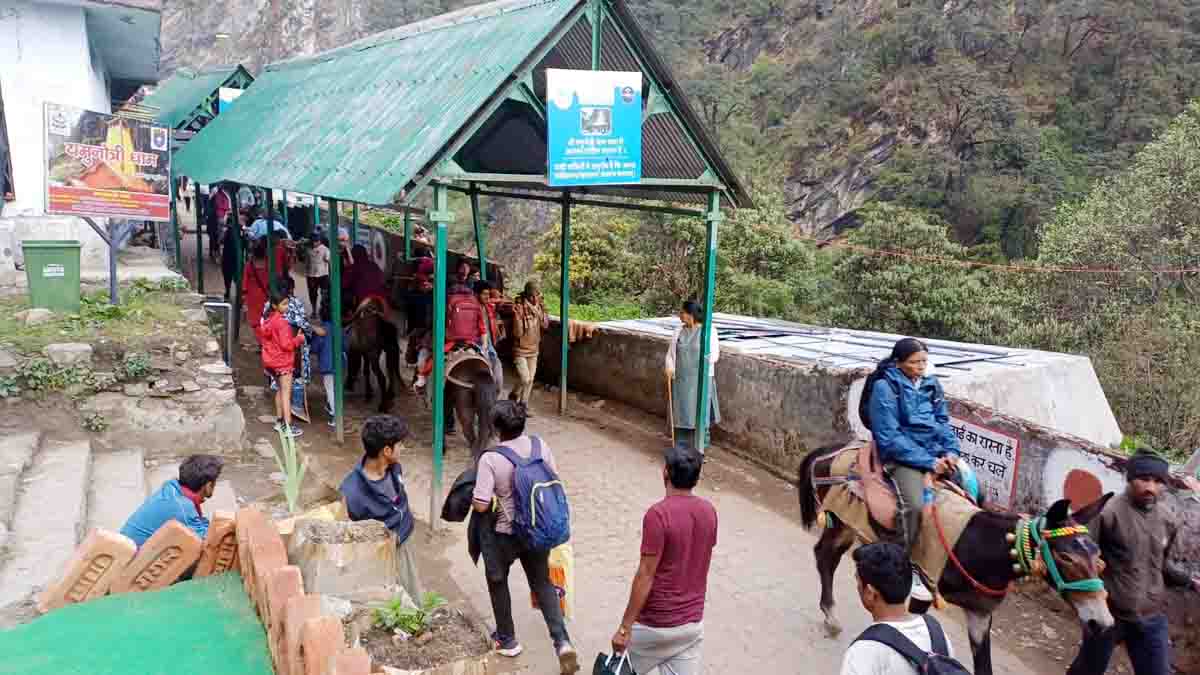Embarking on the Chardham Yatra, a revered pilgrimage to the four holy shrines of Yamunotri, Gangotri, Kedarnath, and Badrinath in the Indian Himalayas, is a spiritually enriching experience. However, the journey can be physically demanding and requires careful preparation to ensure safety and health. Here’s a comprehensive guide to help you stay safe and healthy during your Chardham Yatra.
1. Prepare Physically
The Chardham Yatra involves trekking at high altitudes, which can be strenuous. It’s essential to build your stamina and strength before the trip.
- Start Early: Begin your physical preparation at least two to three months in advance. Regular walking, jogging, and light exercises can help build endurance.
- Focus on Cardio: Engage in cardiovascular exercises like running, cycling, or swimming to improve your heart health.
- Strength Training: Include exercises that strengthen your legs, core, and back. This will help you manage the rugged terrain.
2. Acclimatize to the Altitude
Altitude sickness is a common issue for pilgrims traveling to high elevations. Proper acclimatization can mitigate its effects.
- Gradual Ascent: Ascend slowly to give your body time to adapt to the altitude. Avoid rapid ascents if possible.
- Stay Hydrated: Drink plenty of water to prevent dehydration, which can exacerbate altitude sickness.
- Avoid Alcohol and Caffeine: These can lead to dehydration and hinder acclimatization.
3. Pack Smart
Packing the right items is crucial for a safe and comfortable journey.
- Clothing: Pack warm clothing, including thermal wear, as temperatures can drop significantly. Layering is key to adjusting to varying temperatures.
- Footwear: Invest in good quality trekking shoes with a strong grip. Break them in before the trip to avoid blisters.
- First Aid Kit: Carry a basic first aid kit with bandages, antiseptics, pain relievers, and any personal medications.
- Sunscreen and Sunglasses: The high altitude means increased UV exposure. Protect your skin and eyes with sunscreen and sunglasses.
4. Mind Your Diet
Maintaining a healthy diet is essential for sustained energy and well-being.
- Eat Light: Stick to light, easily digestible foods. Heavy, greasy meals can cause discomfort at high altitudes.
- Frequent Small Meals: Eat small, frequent meals to maintain your energy levels throughout the day.
- Carry Snacks: Keep high-energy snacks like nuts, dried fruits, and energy bars handy.
5. Stay Informed and Prepared
Knowledge and preparation can go a long way in ensuring a safe journey.
- Weather Updates: Keep track of weather conditions. The Himalayas can be unpredictable, and it’s important to be prepared for sudden changes.
- Local Guidance: Hire local guides or porters who are familiar with the terrain and can assist in emergencies.
- Emergency Contacts: Keep a list of emergency contacts, including local authorities and your country’s embassy.
6. Listen to Your Body
Pay attention to how your body responds to the altitude and exertion.
- Rest When Needed: Don’t push yourself too hard. Rest when you feel fatigued to prevent exhaustion.
- Know the Symptoms: Be aware of the symptoms of altitude sickness, such as headaches, dizziness, nausea, and shortness of breath. Seek medical attention if symptoms persist.
7. Respect the Environment
Preserving the sanctity and beauty of the Chardham Yatra is a collective responsibility.
- Leave No Trace: Carry your trash back with you. Avoid littering to keep the environment clean.
- Respect Local Customs: Follow local customs and traditions. Respect the cultural and spiritual significance of the sites.
Conclusion
The Chardham Yatra is not just a journey of spiritual discovery but also a test of physical endurance and mental fortitude. By preparing adequately, staying informed, and respecting both your body and the environment, you can ensure a safe, healthy, and fulfilling pilgrimage. May your journey be blessed and transformative.











